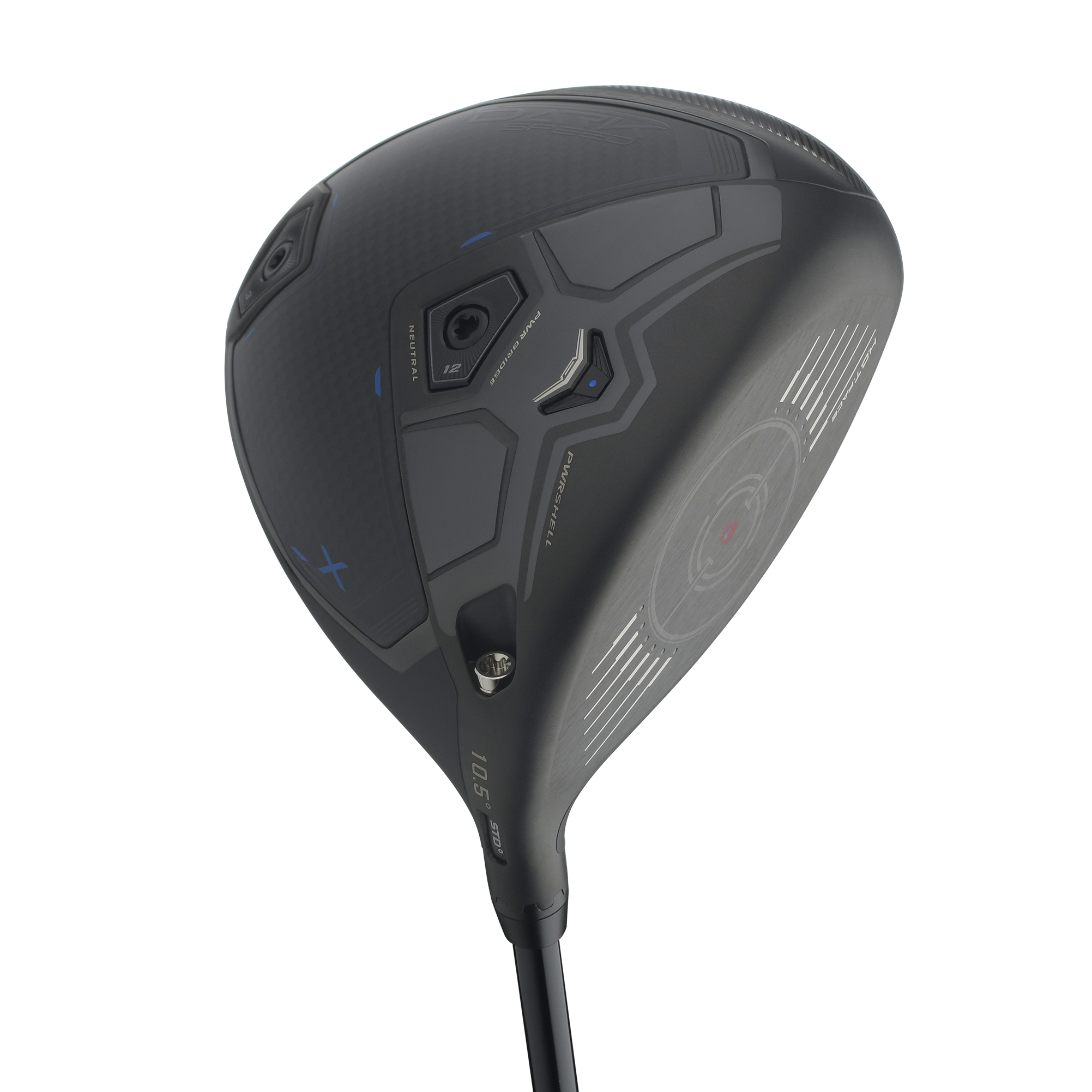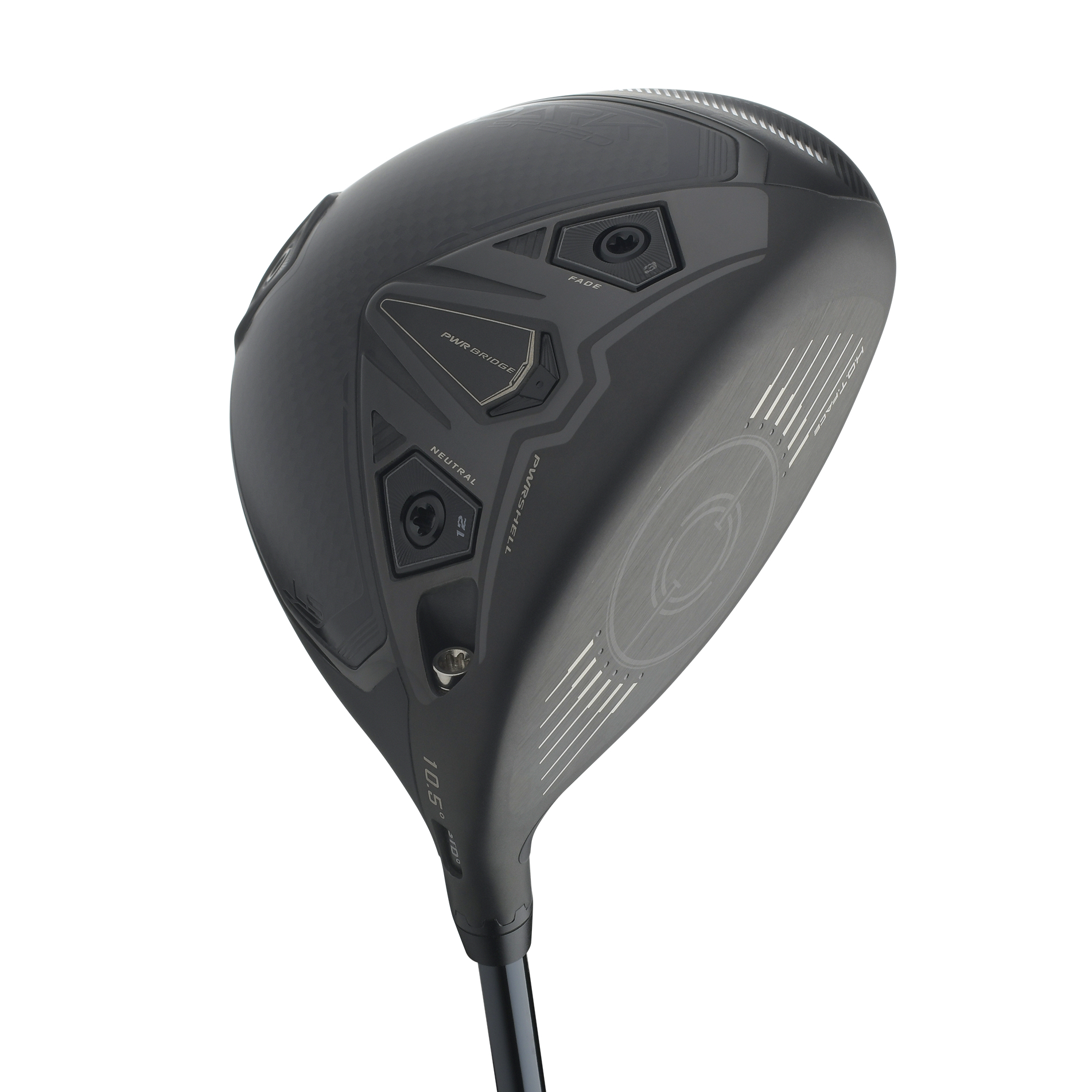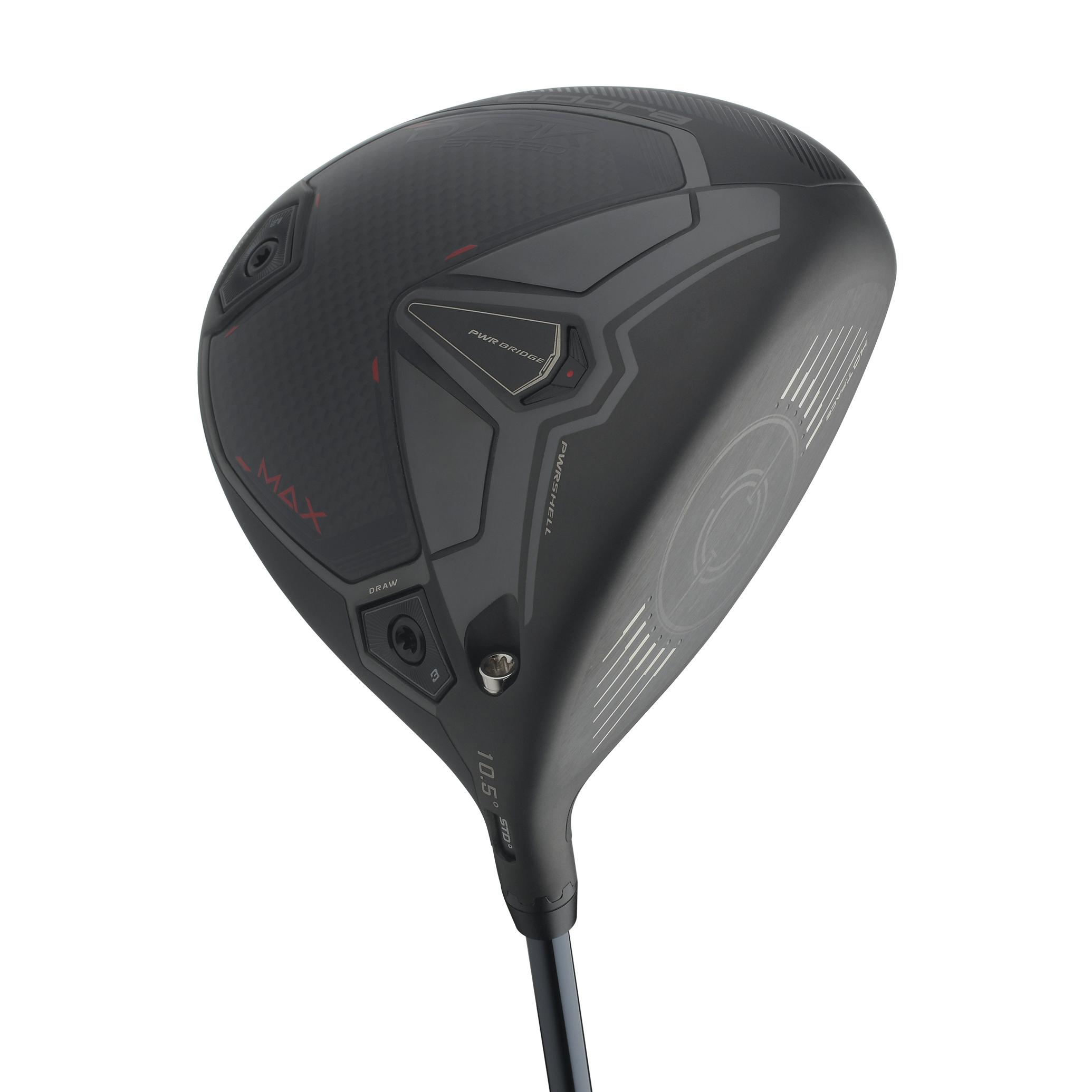Equipment
Cobra Darkspeed X, LS, Max drivers: What you need to know

WHAT YOU NEED TO KNOW: The Cobra Darkspeed drivers (X, LS and Max) take a multi-faceted and player-specific approach to speed in all its forms. That means a new variable-thickness face design built from artificial intelligence simulations to inject more ball speed all across an array of 15 impact zones. It also means more speed via improved launch conditions and extra forgiveness on off-center hits, all brought about by weight-saving carbon composite and reconfigured model-specific internal weighting. Finally, there’s a cascading series of shape changes to each of the three models to enhance how smoothly the clubhead moves through the air, with the most aggressive aerodynamics package targeted for high-swing speed, low-spin LS model.
PRICE: $550. Darkspeed X: 9, 10.5, 12 degrees with eight-way adjustable hosel; Darkspeed LS: 8, 9, 10 degrees with eight-way adjustable hosel; Darkspeed Max: 9, 10.5, 12 degrees with eight-way adjustable hosel. Available for pre-sale. At retail Jan. 19.

Designed to offer lower spin and forgiveness on off-center hits, this model balances front and rear weighting to appeal to a range of swing speeds. The front and back adjustable three- and 12-gram sole weights tweak spin and launch. A 13-percent larger face area extends the most flexible sections to the outer edges, and an internal bridge-like weight bar is now more forward and lower than before without touching the sole or face. This means better all-around distance potential through lower spin and more direct energy transfer.

The problem with focusing on aerodynamics is that it helps players with the fastest swing speeds the most and is harder to achieve forgiveness for slower swingers. That’s why the design here is so smart—building in speed enhancements like a soft leading edge, reduced profile, higher crown peak and a taller trailing edge for high-swing-speed players. Those golfers also benefit from a low, forward center of gravity through three adjustable sole weights and internal weight bridge that sits lower and more forward than in past versions.

Distance and direction are the distinguishing characteristics of this design in the Darkspeed family. The Max is made for players looking to make the most of their poorer strikes and limit how wild their slice might be. Through larger regions of carbon composite than before in the crown and sole, this driver redistributes extra mass to the deep center and the heel side of the sole. Positioning the heavier 12-gram weight in the rear boosts forgiveness, and shifting it to the heel generates more slice correction. In either position, the internal weighting stays low and back for naturally higher launch with a draw bias.
3 COOL THINGS
1. New faces in new places. The first order of business in getting a driver to produce faster ball speeds for more distance focuses on the face. Specifically, that means manipulating the varying thicknesses to create more potential speed, especially on locations away from the center.
In the past, Cobra drivers have used nine areas of the face to improve performance, but the Darkspeed X, LS and Max expand the thickness regions to 15 separate locations. That meant each region could be studied in thousands of impact scenarios to see how they might work differently if those thicknesses could be tweaked independently. That involved not only exploring a more flexible face (as in rebounding at impact), but a more flexible design space (as in more possibilities) than in any previous Cobra driver. That required next-level thinking, specifically artificial intelligence and machine learning, said Tom Olsavsky, Cobra’s vice president of research and development.
“Some of the changes we've made is to make the face larger, and what that does is give us a little bit more high-strength material and a little bit wider spaces to help us thin that out a little bit more,” he said, noting the new faces are about 13 percent larger but use less actual material because of a new laser welding process.
The faces again are an L-shape that wraps around the front leading edge and into the first part of the sole. Called “PWRSHELL,” the new 15-zone face design was optimized by thousands of simulations that let designers optimize each separate zone. This is different than past versions where any time an area of the face had to be slowed down (thickened) to stay conforming the rest of the face often got slower, too.
2. Weight lifting. The three different drivers make use of the lighter overall face design and use of extensive weight-saving carbon-composite panels in the crown and sole that are 30 percent thinner than in past Cobra drivers. The mass is redistributed differently in the models.
Both the X and LS feature an internal bridge-like weight bar that sits low and forward, just above the sole and just barely behind the face. Introduced in last year’s Aerojet drivers, the new PWR-BRIDGE actually weighs less but because it now bows downward to the sole (rather than straight across from heel to toe) and is farther forward, it dials in the specific (but different) performance needs of the typical X and LS players. That means the better energy transfer and reduced spin of a more forward and lower CG.
“We're able to use less weight and that allows us to use it for something else in another place in the head,” Olsavsky said, noting that the redesign of the bridge resulted in an additional five grams of savings. “We're able to maintain and improve CG positions even though we're using lighter weight.”
Both the X and LS models use some of that saved mass in movable sole weights, which from an aerodynamic standpoint are now more flush with the frame for smoother air flow.
Meanwhile, the Max version eschews the forward CG benefits of the PWR-BRIDGE and concentrates more of that mass in the rear perimeter to produce what the target audience for this driver needs most: forgiveness.
“When you look at all that weight in the back, we kept it low so that gives us the ability to make this the most stable driver by sacrificing the forward CG, which this golfer doesn’t need,” Olsavsky said, noting that there’s also a bit of mass toward the heel to produce more anti-slice effect. “This player needs launch and forgiveness. And with the weight back it makes the face easier to close, too.”
Meanwhile, for the X model, Olsavsky said its mix of forward and rearward weight provides an answer that might work for the broadest audience. “The X really is kind of that unicorn we like to talk about that is a combination of distance and forgiveness that every player wants,” he said.
3. Feeling the flow. With all its recent work with fast-swinging players like World Long Drive champion Kyle Berkshire and former Cobra staffer Bryson DeChambeau, Cobra’s team has been figuring out how to make drivers that move through the air faster. What’s noticeable about the three shapes of this year’s models is how the Max, which is aimed at more average to below-average swing speed players, features the least aggressive aerodynamic features and shape, while the LS, which targets the fastest swingers, features the most aggressive shaping, including a raised rear section.
All three designs feature softened edges and smoother overall shapes for a cleaner trip through the air, but while the aerodynamics pattern on the LS might seem to put the CG too high, the internal weighting and large use of lightweight carbon composite in the crown and sole counteract the effect of that shape.
“You wouldn't give that shape to a Max player because they just wouldn't benefit from it,” said Mike Yagley, Cobra’s vice president of innovation. But Yagley just as quickly pointed out that the LS model can feature a slightly taller face for better center-hit ball speed while reducing the face area on the heel and toe “because that player isn’t going to hit it out there.”
And while the rounding of areas at the perimeter of the face might make it more aerodynamically streamlined for this player, it can stiffen those regions, so making the center face area taller creates more flexibility to compensate. “So you get the benefit of the aerodynamics without offsetting the benefit of the face flexibility for that specific player.”

